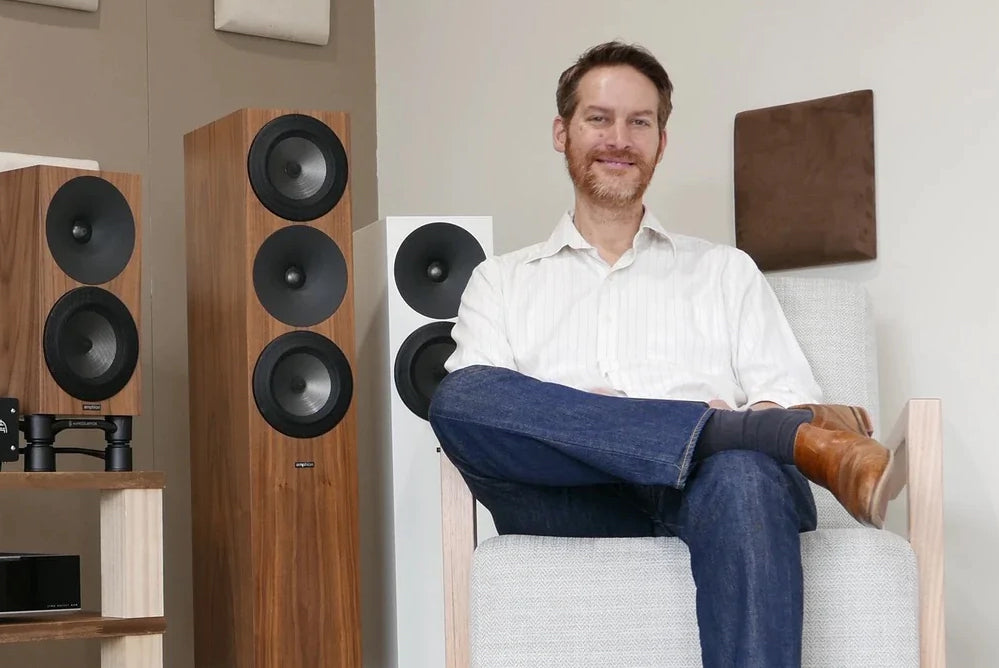Make an enquiry

Ypsilon VPS100 Mk2 Phono Stage
Enquiry Submitted!
Make an Offer

Ypsilon VPS100 Mk2 Phono Stage
Offer Submitted!
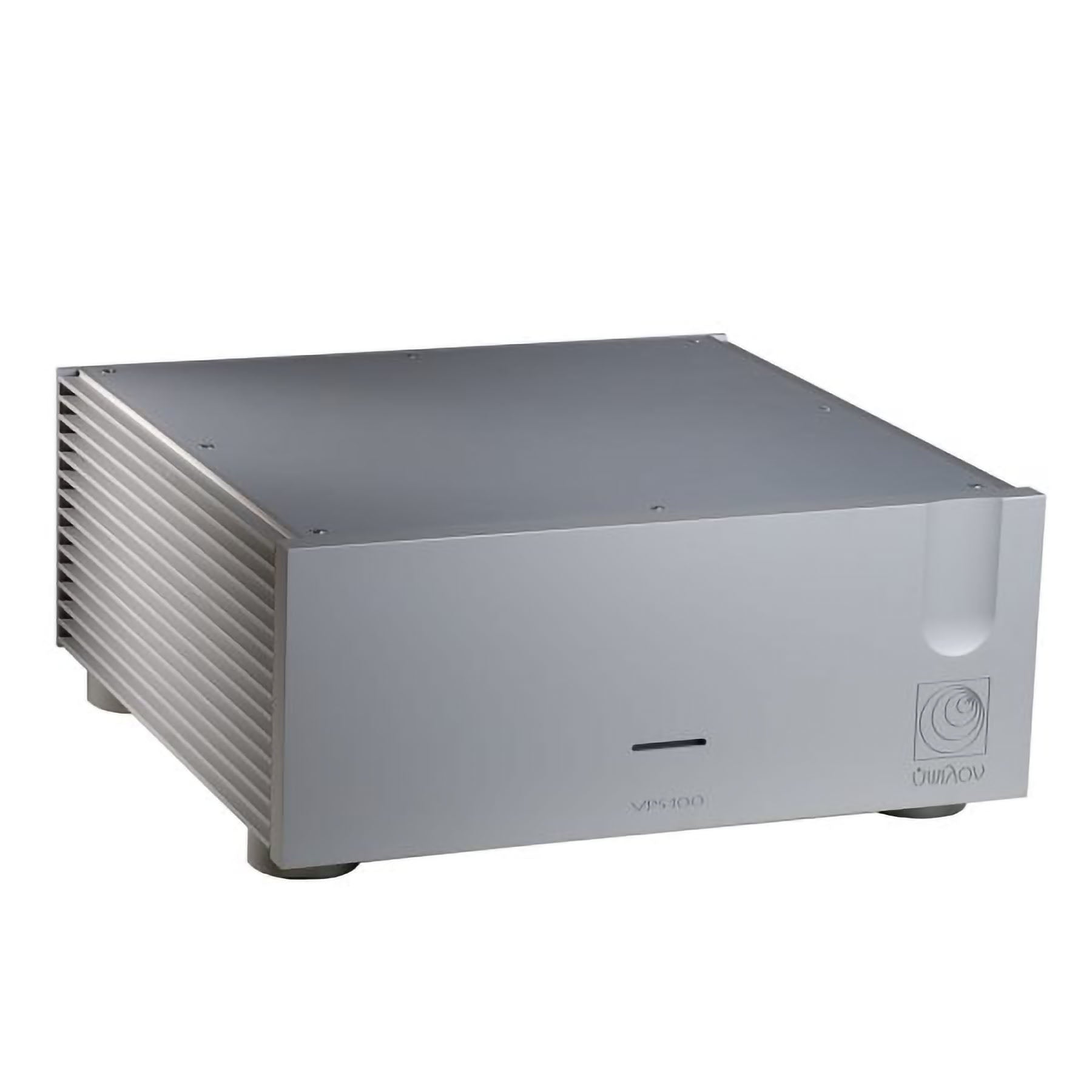

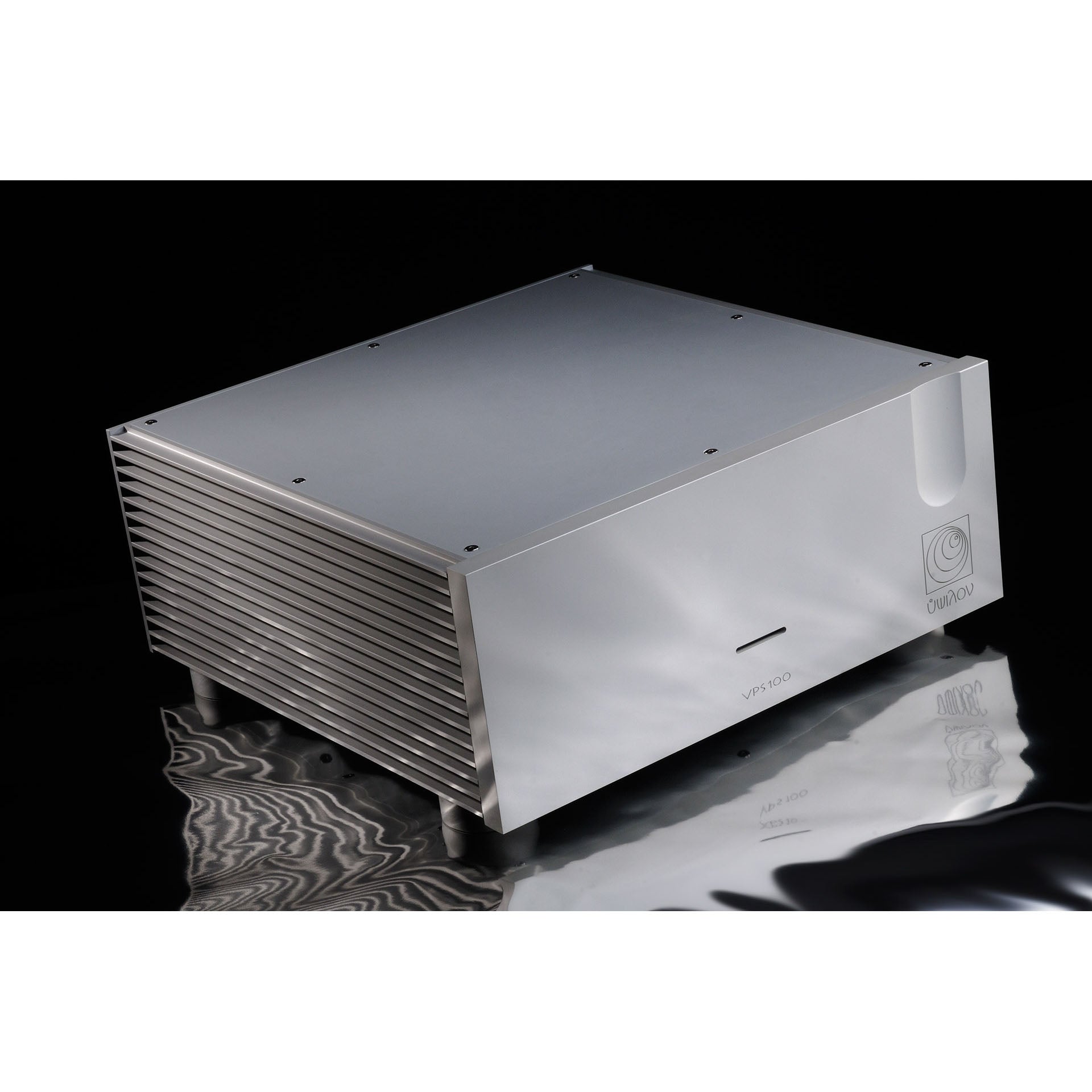
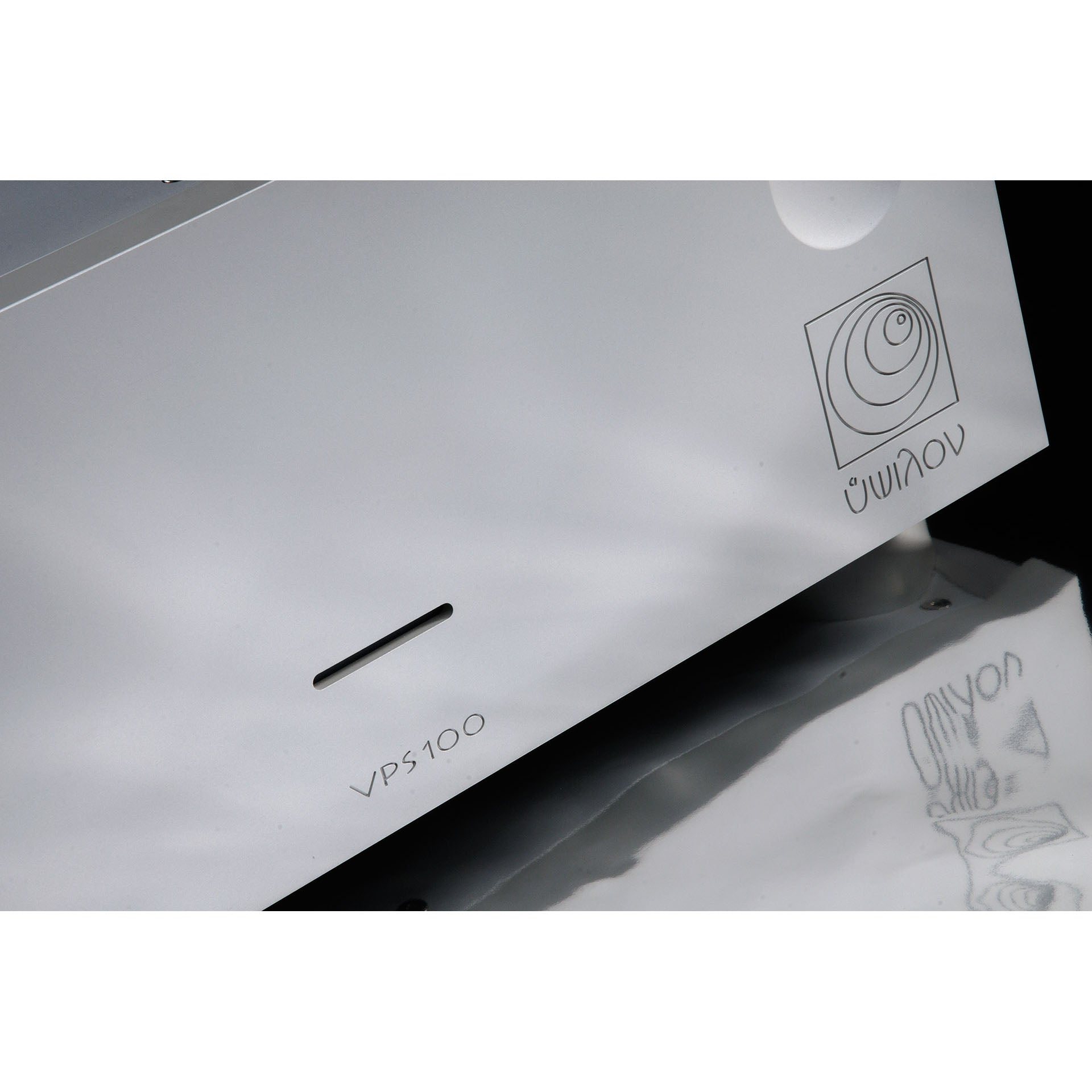
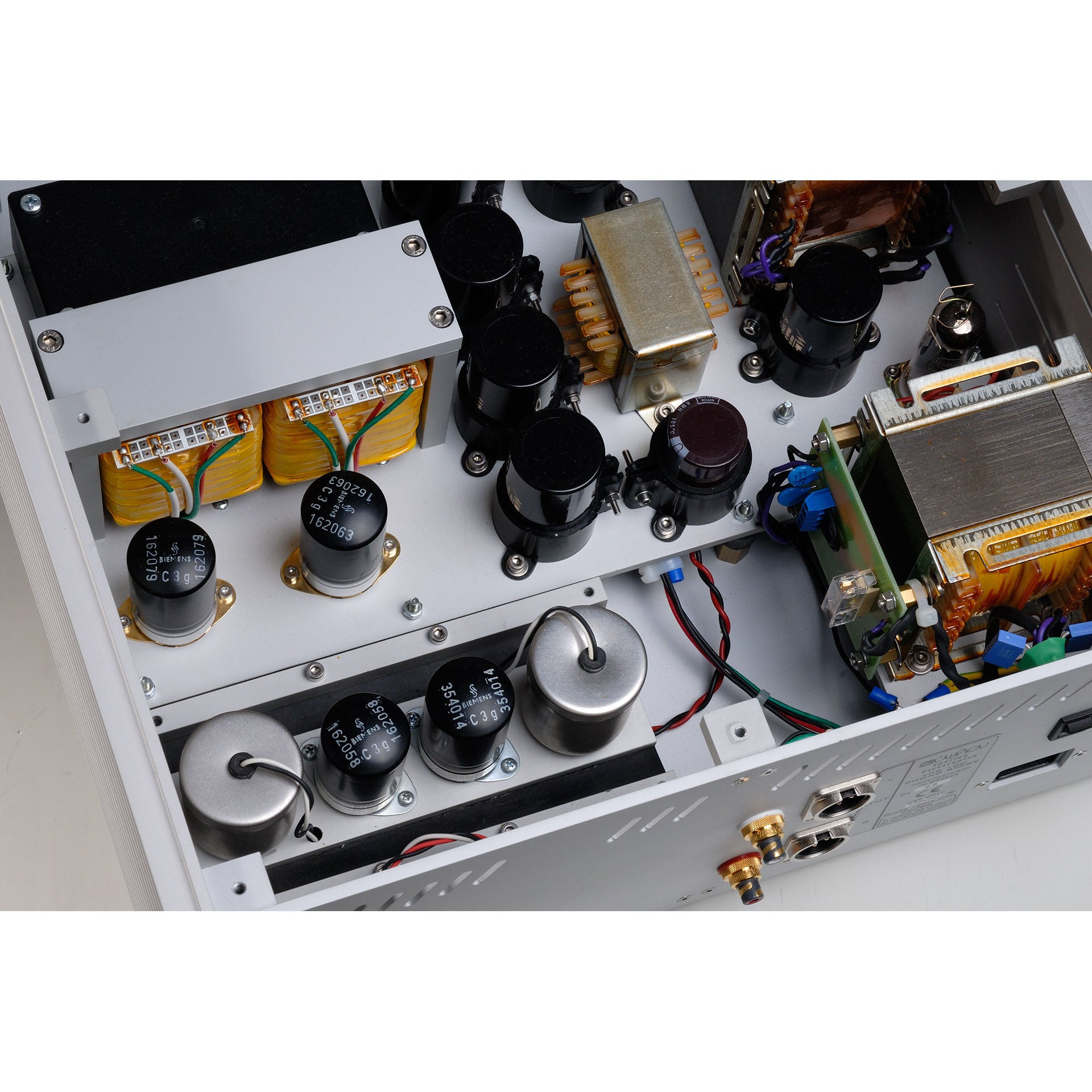
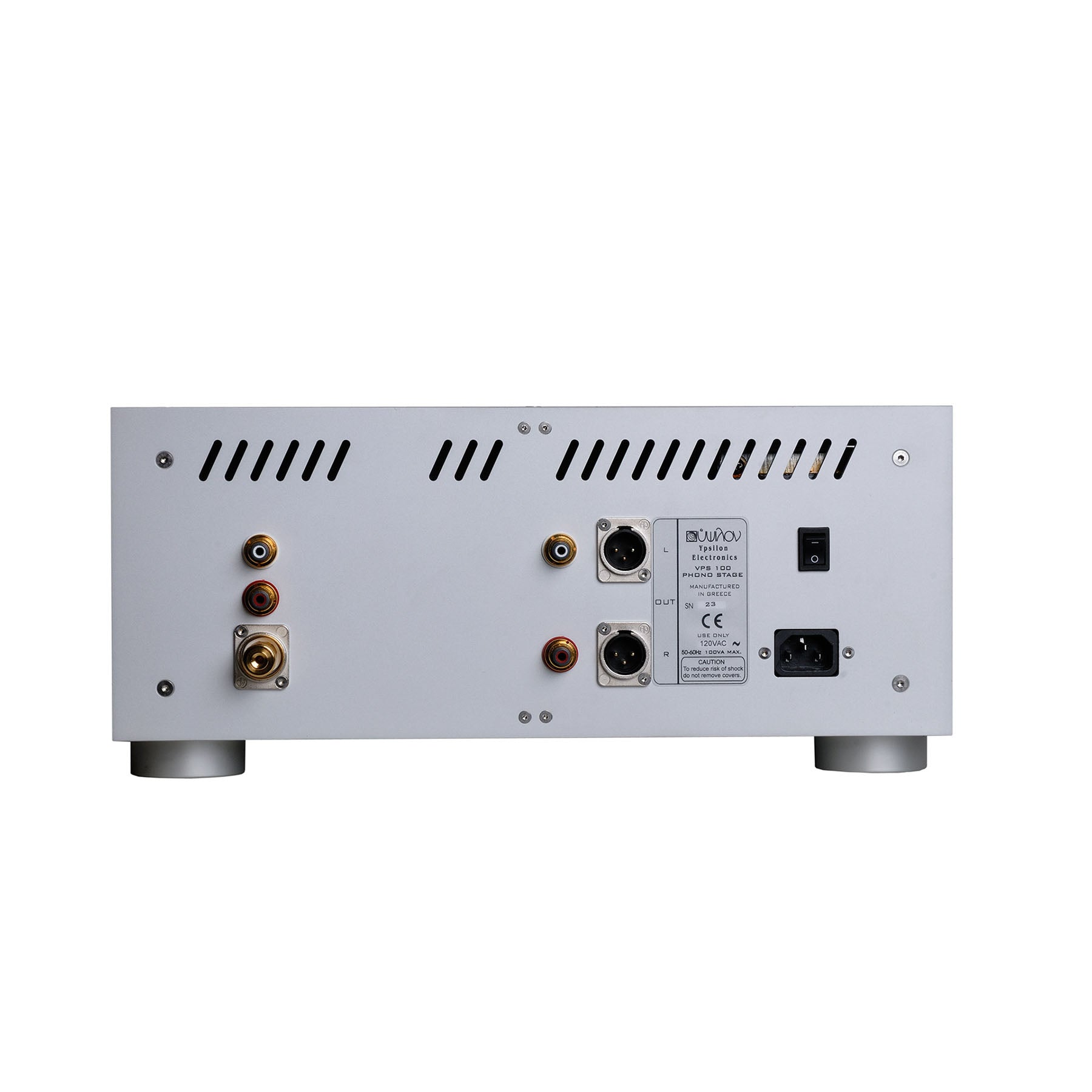
Ypsilon VPS100 Mk2 Phono Stage
Ypsilon VPS100 Mk2 Phono Stage
Standard
22 Saint Kilda Road
22 Saint Kilda Road
Suite 2.02
St Kilda VIC 3182
Australia



Ypsilon VPS-100 Mk2
Phono Pre-amplifier
For Ypsilon Electronics, the road to creating the VPS-100 Mk2 took many turns in an extensive process of evaluating topologies, materials, design and implementation.
Ultimately, passive RIAA equalisation was chosen. It was observed that when active RIAA equalisation is used, a feedback loop exists and the RIAA network is in this feedback loop. RIAA equaliser circuits are commonly implemented with capacitors and resistors (CR networks) but this presents further challenges. Capacitors by their very nature exhibit ‘dielectric absorption’ characteristics. Energy is stored in the dielectric material and then is added to the signal with a small delay, which produces a ‘ringing’ characteristic in fundamental notes. These ringing sonic artefacts can be noticed especially in piano notes and result in a slight smearing effect. In the past an alternative way of implementing a RIAA equalizer the LCR (Inductance-capacitance-resistance) circuit was proposed.
A long time ago, TANGO transformers from Japan used to produce such a circuit working in 600Ohms. A few manufacturers are using LCR based phono stages using variations of the original TANGO LCR circuit. The challenge with 600 ohm LCR EQ is to drive the network properly; having no more than 2 gain stages with enough overall gain and low enough output impedance. The best way of driving the LCR network is by using a transformer. Ypsilon design and build the transformers using a special amorphous c-core material. Winding insulation is paper. A properly implemented LCR RIAA sounds much more natural, musical and open with better defined macro and micro dynamics in comparison to CR networks. The LCR networks most commonly used are based in double T-filter networks. One T-filter forms the 50-500Hz poles and the second T-filter forms the 2,123Hz pole.
In the VPS-100 design, Ypsilon took this approach to another level. The 2,123Hz pole is formed by an air core inductor with practically no stray capacitance at the first gain stage and the 50-500Hz poles are formed at a high signal level directly at the output of the second gain stage. This unique topology is a split RIAA design using two gain stages based on the SIEMENS C3g tube. These tubes are very reliable as they are specified for over 10,000 hours.
The power supply uses the 6CA4 rectifier tube and a choke filter. The heaters for the tubes are AC in the second stage and DC passive regulated for the first stage. The construction uses no printed circuit boards and is point to point silver wired using Ypsilon’s own extruded and annealed to spec silver wire. Special attention is paid to mechanically de-couple the first gain stage and 2123 pole coils using a specially designed decoupling system. The rest of the construction is mounted on an aluminium sub-chassis that forms together with the aluminium bottom plate a very rigid platform.
In late 2023, Ypsilon released the Mk2 version of the VPS-100. The changes were mainly component level:
- Different input and output tubes. Input tubes now are 6ZH11p and the output tube is an EC8010 (same tube as is used in the SET100 Ultimate and Aelius 2).
- The power supply capacitors now are 4-pole types. These weren’t available when the VPS-100 was originally designed.
- There has been a change from an aluminium foil interstage Jensen cap or copper foil in the SE version to a custom made Duelund copper or silver foil to standard and SE version respectively.
- Refined filtering in the power supply that better preserves operating points of the tubes.
The VPS-100 has taken the performance of a phono pre-amplifier to an unprecedented level. The level of natural tonality is incredible to experience and places this phono stage as one of the world’s very best.
Reviews
Analogaholic, Jeff Dorgay, 2015
Again, the most impressive aspect of the Ypsilon is the effortlessness of its presentation. The moment the tonearm is lowered onto the record, the concept of listening to a music system disappears from your consciousness, allowing you to enjoy music reproduced without limitation. And that’s truly what high-end audio is all about.
Dagogo, Fred Crowder, 2011
The Ypsilon VPS-100 is far superior to any other phonostage, tube or solid-state, which I have auditioned by a rather significant margin…….I hope that my enthusiasm comes through. In the end, I bought the review sample.
Positive Feedback, Marshall Nack, 2011
Man, what a natural, refined sound!” was my first enthusiastic response to the VPS 100. The differences lay in the quantity and quality of low-level information. The convincing little events are there, but equally important as this abundance of micro-level stuff is their terrific timbral and dynamic fidelity. The VPS 100 conjoins excellent performance on the objectivist criteria with the unique qualities only step-up designs bring. The difference is this is the first step-up design that doesn’t exhibit the step-up weaknesses. As a total package, the Ypsilon VPS 100 Phono Stage offers the finest, most satisfying, analog playback I’ve heard to date.
| Input Impedance | 47 kOhm / 200 pf |
|---|---|
| Output Impedance | 1200 Ohm |
| Outputs | RCA unbalanced, XLR unbalanced (pin 1, 3 grounded) |
| Frequency Response | -3dB @ 10Hz-40kHz |
| Maximum Output Voltage | 5V peak @ 1KHz, 50V peak @ 50Hz |
| RIAA Accuracy | +/- 0.5 dB 20Hz-20kHz |
| Channel Mis-match | <0.2 dB |
| Gain | 39 dB |
| Power Consumption | 20W |
| Dimensions | 400mm (W) x 180mm (H) x 400mm (D) |
| Weight | 25kg |
User Reviews
We care about your experience with HeyNow Hi-Fi, and we’re here to make the warranty process as smooth as possible.
Your warranty is handled directly by the Australian importer. By submitting this form, we’ll coordinate the process for you and keep you updated every step of the way. Important: Shipping fees are not included as part of your warranty coverage.
If your HeyNow Hi-Fi purchase isn’t working as it should, click here to lodge a warranty claim.
Should you have any questions, feel free to contact us https://www.heynowhifi.com.au//pages/contact


